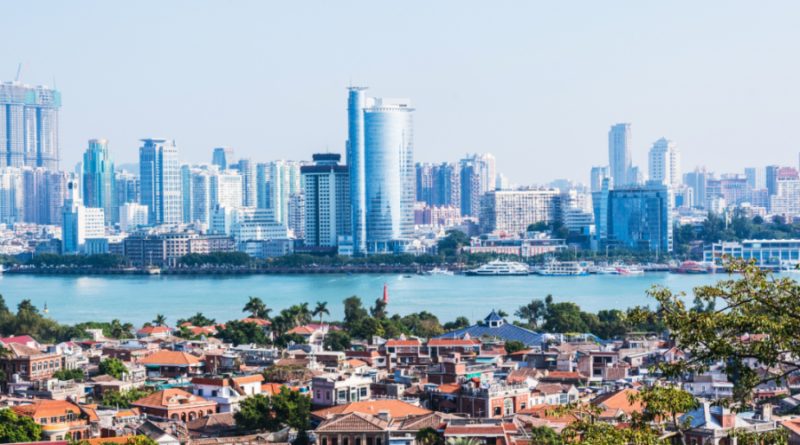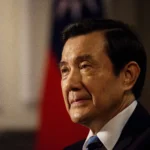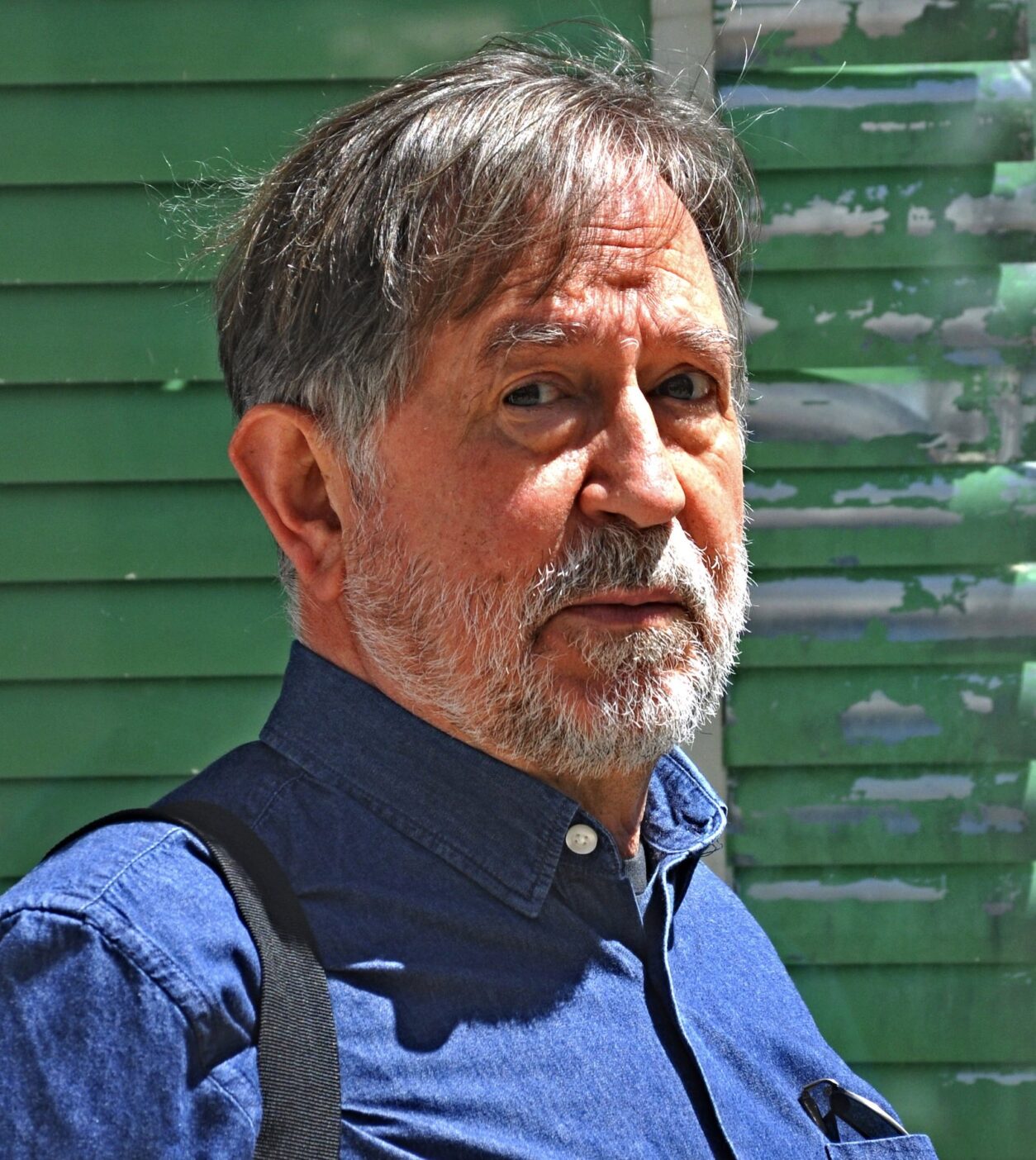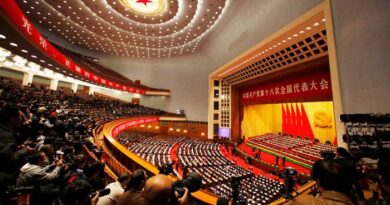Plan A for Taiwan is written with F for Fujian
XULIO RIOS
Without ceasing to multiply military exercises clearly aimed at Taiwan (and also with a message for the US and its policies, which Beijing describes as encouraging independence), China has announced its intention to turn the province of Fujian into a demonstration zone for development. integrated across the Taiwan Strait.
The 21-point document, jointly issued by the Central Committee of the Communist Party of China and the State Council, aims to deepen cross-Strait integrated development in all fields and move towards peaceful reunification. It is about establishing and guaranteeing a suitable environment for Taiwanese to study, work, invest and live in Fujian, operating a framework of integration “through logistics, trade, education, employment, folk customs, justice , technology, culture or leisure.”
The proposal, which is basically aimed at the three outlying island counties of Taiwan: Penghu, Lienchiang (Matsu) and Kinmen, is inspired by the project that aims to include the special administrative region of Hong Kong in the vast coastal area known as the “Greater Taiwan Bay.” Its pillars are the construction of infrastructure that unites Taiwan and the mainland into a regional whole whose coherence would be reinforced by the economic, cultural and historical ties between Fujian and Taiwan. The integration vision promises to explore cooperation in infrastructure projects, of which the three most emblematic are the construction of a bridge, power lines and gas pipelines between Xiamen and Kinmen.
After a preamble that recalls the historical mission of reunification, an inseparable part of the revitalization project of the great Chinese nation, it is recalled that the province of Fujian plays a unique role. The project is summarized in five points: establishing the first destination for Taiwanese companies in Fujian; in-depth promote economic and trade integration between Fujian and Taiwan; promote the integrated development of Fujian; deepen social and cultural exchanges between Fujian and Taiwan; strengthen organizational guarantees. In short, it is about shoring up the administrative, political and security aspects of the project while improving the business environment in Fujian, deepening industrial and financial cooperation between Taiwan and the mainland and encouraging Taiwanese companies to invest. in the Chinese stock markets.
Among the first measures aimed at ensuring the well-being of Taiwanese newly settled in the province include authorizing them to create their own radio and television stations, guaranteeing their social protection, facilitating their access to property and guaranteeing equal treatment in the province. public school system.
China reminds the plan's recipients that it has the required conditions to supply large-scale green electricity to Taiwan and is willing to strengthen cross-Strait energy cooperation. Beijing also reminds that the technical capabilities for the construction of a high-speed crossing between Fujian province and Taiwan are already prepared. And it offers the possibility that, in this way, Taiwanese products can reach the Eurasian market through China-Europe express trains and other means of transportation once infrastructure connectivity between the two sides of the strait is ready. He also assures that they will provide institutional guarantees and preferential policies for a broad integration of Taiwanese companies in Fujian, as well as to advance the process that allows the integration of key areas such as Xiamen and Kinmen, and also Fuzhou and Matsu.
In Taipei, the ruling PDP reacted by despising the initiative and calling it a “trap” whose objective would be “to save China's failed real estate market under the pretext of benefiting Taiwanese.” The Mainland Affairs Council (MAC) rejected the plan, calling it a cash grab to boost the mainland's "deteriorating" business environment and a futile attempt to win over the Taiwanese. China suffers from economic problems, systemic risks in its financial system and a “deteriorating business environment,” the council says. “This is obviously an attempt to attract Taiwanese funds and talent to China to boost its domestic economy,” he adds. However, the residents of these enclaves embedded in the Chinese coast welcome these projects aimed at promoting greater connectivity with the continent and, logically, prefer them to the military exhibition.
China has long offered Taiwan what it calls a choice between two paths: peace and prosperity or war and decline. The announced strategy and its context make these two paths more perceptible. On the one hand, the offer of integrated development that would ensure the growth of Taiwan; on the other, military exercises as a test for a blockade of the island in order to ward off secessionism.
Many points of the announced plan are not new; On the contrary, these are policies that had already been initiated before, such as the relaxation of the requirements for Taiwanese who decide to buy in the real estate market. There is a compilation of other previous initiatives, such as the 2011 Pingtan Comprehensive Experimental District free trade plan and the 31 “2018 Taiwan-related measures” that encouraged Taiwanese to move to the mainland. The same role of Fujian Province had already been highlighted in the 14th five-year plan (2021-2025). Thus, the 21 points could have a much more political meaning, with the aim of targeting the Taiwanese population (especially the business class) to influence the January 2024 elections.
A BASTION OF XI JINPING
Fujian is the ideal province for a policy of this type based on its geographical proximity to Taiwan. Politically, his suitability is reinforced by his links with Xi Jinping, who has held important administrative and party responsibilities here. Xi knows her well, since in 1985, at the age of 32, he served as vice mayor of Xiamen, appointed by Hu Yaobang. He would return to the province in 1999 as governor of Fujian, in Fuzhou, from where he had already tried to attract Taiwanese capital.
With this plan, Xi suggests peacefully integrating Taiwan into the greater Fujian region. The proposal goes beyond the next presidential elections on January 13, 2024, but undoubtedly takes into account the need to curb the expectations of Lai Ching-te, the outgoing vice president (PDP), who leads the polls.
The repetition of military exercises by the People's Liberation Army is not an indicator of a change of priorities in the Chinese leadership regarding Taiwan. At most, a complement to this proposal of seduction in Fujian whose objective is, at the same time, to illustrate and legitimize the discourse on its desire to achieve peaceful reunification, while weakening the secessionist movement that, for the moment, has the upper hand in Taiwan.













